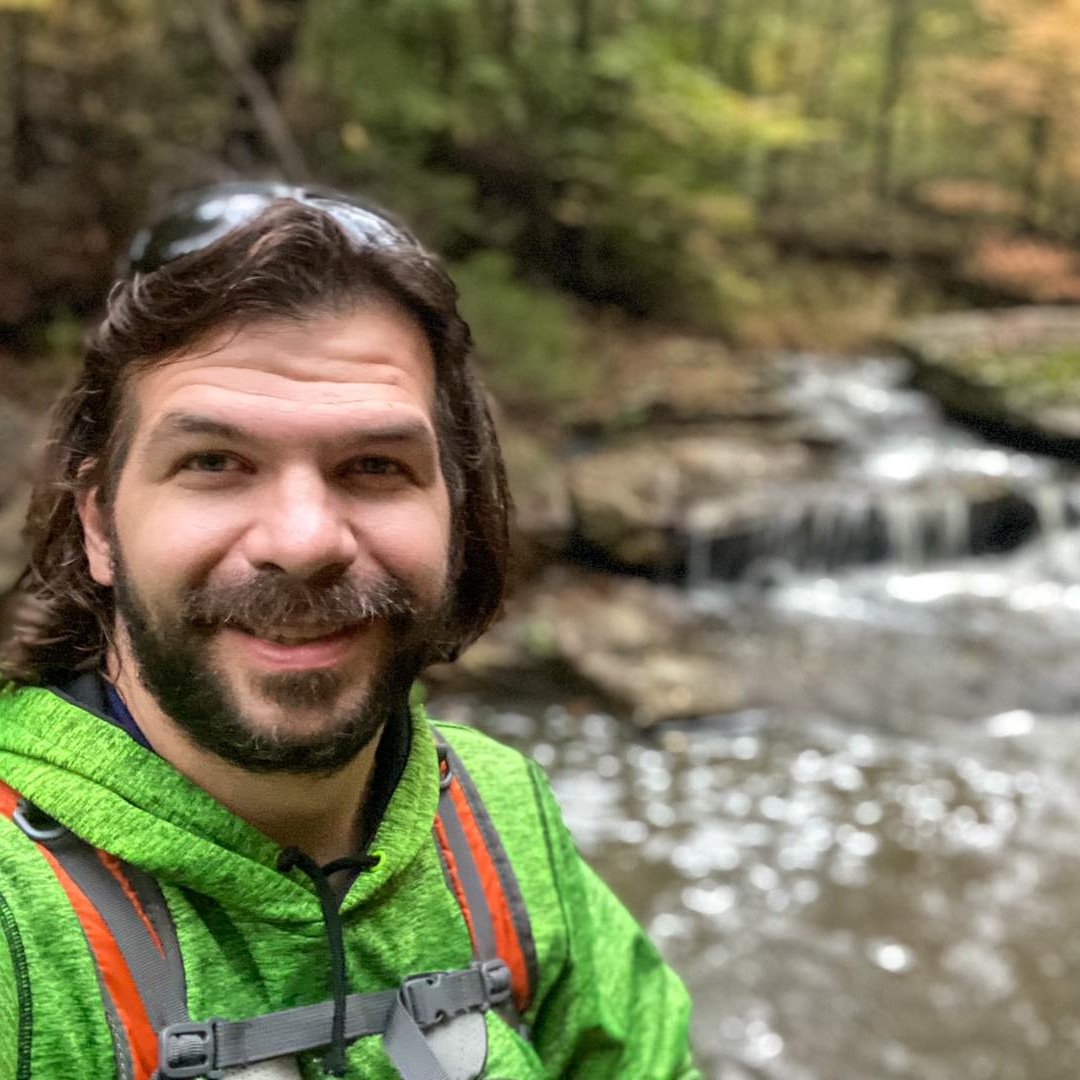The
PAS
Copywriting
Formula
The PAS copywriting formula sounds like another complex marketing framework. Almost too stressful to try to learn.
You have to figure out what each step means in the formula. You have to try to interpret it to your niche. It just sounds like more work than it’s worth.
But it’s not a challenging copywriting framework to learn and master. After reading this article, you’ll have everything you need to use the PAS copywriting formula to grip your audience, as I’ve just used it here.
What is the PAS Copywriting Formula?
The PAS Copywriting Formula is a framework used in marketing and sales to grab viewers’ attention and convince them to perform some action. Problem–Agitate–Solve.
This and other copywriting formulas are not cheating. They’re only cheating when it’s a lie or clickbait that doesn’t have a suspected ending based on what was promised. This and other copywriting techniques are simply a way for us marketers to use psychology to earn a sale, convert into a lead, get a subscriber, or get a response from someone consuming what we have created.
I use the PAS copywriting formula on my blog and social media. I create every piece of content with some Call-To-Action (CTA) at the end. Most of these articles ask you to share the article or follow me on Twitter.
The main objective for this particular copywriting formula is that you’re trying to tap into someone emotionally and get them to read through your copy.
P for Problem (or Pain)
The P in PAS stands for Problem or Pain, depending on your interpretation.
Problem or pain works for the PAS copywriting formula no matter what because they both mean the same in this case. The problem is what your copy will identify and present to the consumer. You need to know your audience and the challenges they face in your niche.
From this article, I know that copywriting can be complex for many people. So, I chose to learn this formula as the problem or pain. I used words that allowed you to relate to your problem or pain. I know this because I’ve determined that my audience seeks content and digital marketing tips and resources.
You have to identify the problems in your niche and then present them to the audience to make them immediately relate, and then you’ll have set the bait to get them to read your copy.
A for Agitate
The next step is to agitate the reader with the problem you have just presented to them.
You identified the problem. That was your first part of the PAS copywriting formula. Now you need to agitate the problem to continue to get their emotions into a reactive mode. The more a viewer relates to the problem, the easier it will be to maintain their attention. By agitating someone about the problem, you’ll get their attention as they’ll be emotionally hooked to your bait.
I agitated the problem of learning this formula by pointing out further issues. I touched on how difficult it is to get a formula to work with your niche. That’s a problem many brands face when trying to use these frameworks.
After you present a problem, you need to remind the viewer further how it relates to them by agitating it.
S for Solve
You presented the problem. You agitated the pain of that problem. Now you have to provide a solution.
The solve function of the PAS copywriting formula is your CTA. This is where you tell the viewer how easy it is to solve the problem you painfully presented to them. You must ensure they know that solving it isn’t as hard as they thought. After that, you can show the Call-To-Action.
My CTA or Solve portion of the introduction of this article was to get you to continue reading the post. I explained that it was easy to use and that after you read this post, you’d master the skill of using the PAS copywriting formula.
And now you’ve mastered the skill of using this copywriting framework. Now it’s your turn to get out there and use it.
If you enjoyed reading this article and want to learn more about digital writing and copywriting, please join my online community Digital Writing Forum. It’s free, and I even have weekly writing challenges and copywriting prompts to help you get better.
About the Author
Shawn Gossman has created content, blogged, ran online communities, and shared a passion for digital marketing for over twenty years. Shawn believes the best way to help content creators, businesses, brands, and marketers is to give away more than you sell. The same advice is recommended for the readers who follow this blog. Shawn also offers various services for extra help in content creation and blogging.


